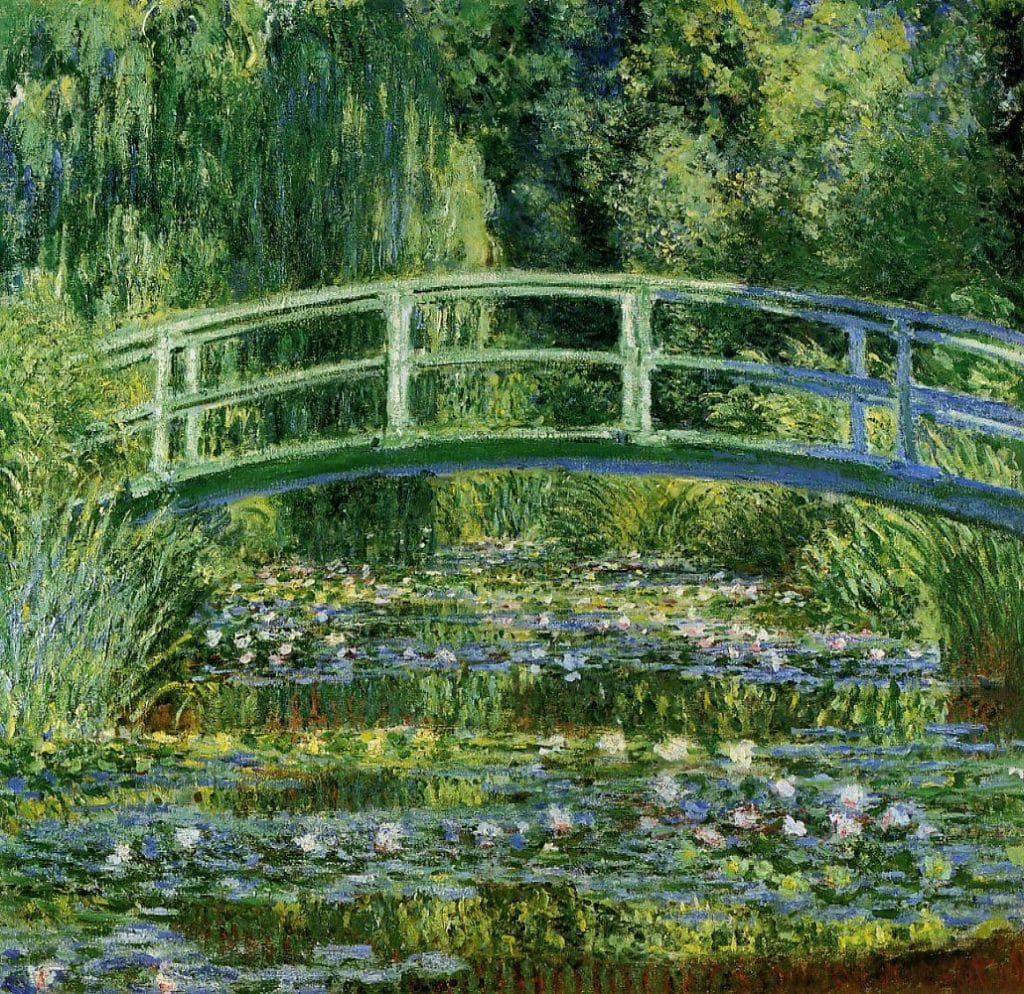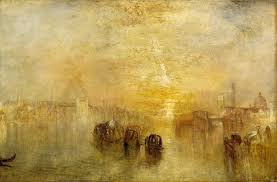Did the vision of some of the most famous artists from yesteryear – such as Rembrandt, Turner and Degas – impact some of their most famous paintings?
Would Claude Monet’s water lilies paintings be some of the world’s most recognisable artworks if he could see the canvas clearly?

Were the elongated figures in El Greco’s paintings due to his having astigmatism? Scientific America believes so and also suggests that glasses would have corrected this optical defect.
Diseases of the eye may profoundly influence artists by altering their perception of the world as each brushstroke provides a clue as to their interpretation of what they see around them.
Throughout history, many famous artists have been known to struggle with vision impairment.
Perhaps the most notable, and perhaps aligned period for vision impaired artists, was the Impressionist era as the art style that emerged during these years allowed for softer, ethereal adaptations of landscapes, figures and still life.
Impressionist artists Claude Monet (1840-1926) and Edgar Degas (1834-1917), for instance, struggled with cataracts and retinal disease which influenced their view of the world and how they interpreted it on their famous canvases.
In a study of both artists, Dr Michael Marmor came to the conclusion that: “Degas and Monet were both founders of the Impressionist era, and their artistic styles were well-formed before their eye disease affected their vision. But their paintings grew significantly more abstract in later life as, coincidentally, their eye problems increased.
"Contemporaries of both noted that their late works were strangely coarse or garish and seemed out of character to the finer works that these artists had produced over the years," Marmor said.
Other well-known Impressionists including Cezanne and Pissarro were myopic – or short sighted – which suggests that the soft lines and vibrant colours found in many impressionist paintings resulted from the painters’ impaired vision.
In the United States, Homer Martin (1836-1897), who was well known for his landscape paintings, also suffered from cataracts and his works reveal changes in details and colour as he aged with his later works becoming much more waiflike and muted, in a similar style to the Impressionist painters on The Continent. Cataracts also did not impair Mary Cassatt (1844-1926) from Pennsylvania whose artistic pursuit saw her head to Paris to work alongside, and be exhibited with, the local Impressionists.
Just prior to this era, English Romantic artist (Joseph Mallord) William Turner (1775-1851) was capturing imaginative landscapes on canvas in expressive colour that could easily have fit in with his Impressionist successors. Consultant ophthalmic surgeon James McGill, who has been studying Turner’s work for years, believes that Turner suffered from early, slight-colour blindness and later cataracts and was therefore, painting exactly what he saw.

And then there is the 17th Century master, Rembrandt who it is speculated may also have suffered from vision impairment. Scientific America reports that when studying Rembrandt’s self-portraits, neuroscientists Margaret S. Livingstone and Bevil R. Conway, concluded that he was actually walleyed and suffered poor sterovision. This was based on a careful analysis of his face as depicted in his self-portraits which showed his eyes were misaligned so that one appeared to look directly at the viewer, and the other looked off to the side. The result for Rembrandt was that he probably had to close one eye when replicating the three dimensional world with accuracy.
This article captures only a handful of artists who have not allowed their poor sight – and in many cases, blindness – to impair their artistic endeavours. In fact, some probably exploited this while others may not have realised that the world they were seeing was different to those around them.





